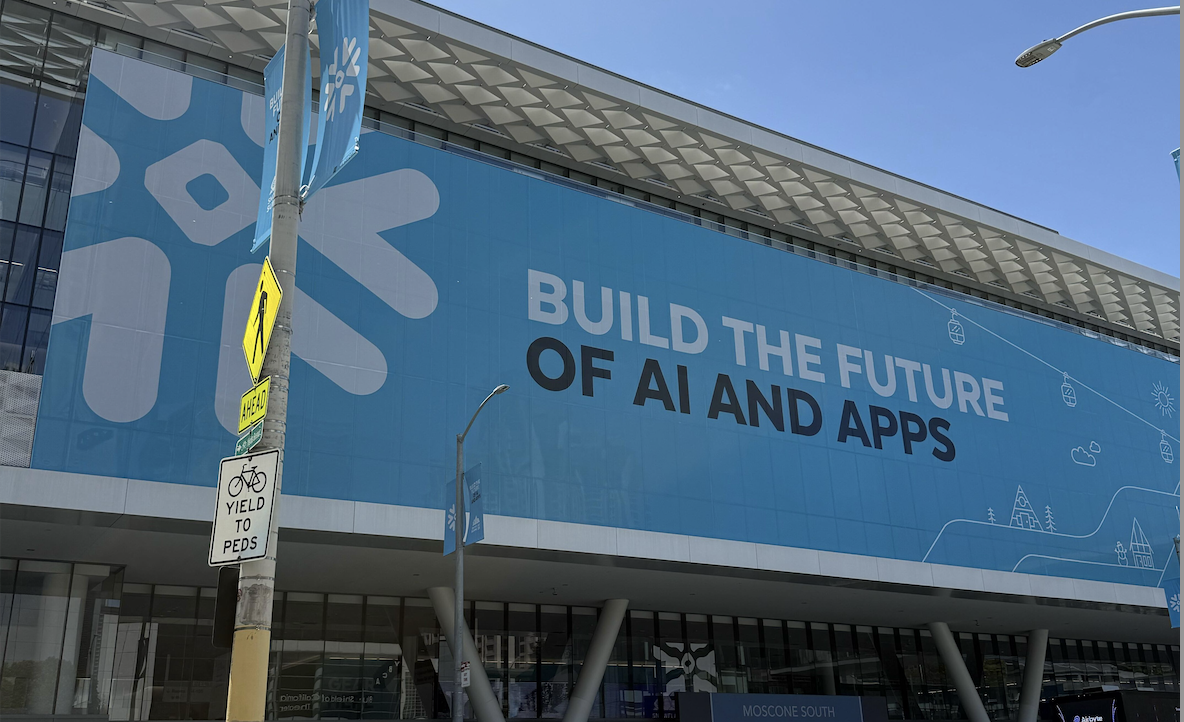7 Incredible IoT Devices and How They Use Your Data

1. Smart Meters
Citizens of today’s smart cities have increased control over their home utilities due to a connected infrastructure of smart meters. Low-power hardware devices collect electricity, water, and gas consumption data in the cloud, where further analysis and processing can be performed at a large-scale. This enables utility providers to discover consumption patterns, monitor real-time demand and develop more efficient billing mechanisms. For the customer, this translates to higher-quality services and a more accurate consumption overview.
See our Case Study on the Advanced Sensor Analytics Platform for PingThing’s electric utility grid data.
2. Smart Home Sensors
Alongside smart meters, inhabitants of smart homes can also choose among a wide variety of wirelessly interconnected devices that are easy to control and monitor remotely. Such appliances range from WiFi thermostats, AC cooling units, and lighting fixtures to humidity and temperature sensors. The generated data can be processed either at a device-level (which can result in immediate actions i.e. turn off lights after 10 minutes of no motion detected) or aggregated and processed in the cloud. In the long run, this should allow the user to have a better experience, and save both money and resources while living a more environmentally friendly lifestyle.
3. RFID Inventory Management Chips
RFID tracking chips are proven tools for product inventory and stock management in logistics and retail. Modern IoT-driven solutions are based on chips attached to goods and packages for improved logistics and monitoring. Integrating multivariate sensor data (such as temperature, movement data, and geolocation) gives both the supplier and the customer an exact overview of the delivery conditions.
See our Case Study on Supply Chain & Revenue Predictions for Pharmaceuticals
4. GPS Trackers
With the increasing popularity of carpooling services & intelligent bike rental systems, companies have learned the importance of mobility data. GPS-based trackers provide speed information, location, and direction of tracked vehicles, which allow for real-time modeling of the traffic. This turns them into a powerful source of data that enables intelligent traffic routing and monitoring software as well as the development of fleet management solutions.
5. Wireless Locks and Monitoring Tools
From bikes and boats, to apartment doors and university campuses, unauthorized access can easily be restricted via intelligent wireless locking devices. Such tools are usually easy to connect to via a smartphone or website, which makes it possible to monitor your assets from any location around the world. Depending on the chosen device, the security configuration can be done based on motion information, speech & facial recognition or traditional fingerprint systems.
6. Wearables and Consumer Electronics
The advances in IoT technologies have enabled devices of all kinds (eyeglasses, wristbands, watches and home assistants) to easily connect and exchange data with one another. As such, wearables and consumer electronics have become an important source of data that can be leveraged for the user’s advantage. Health aspects, human behavior and even sleeping patterns can be quantified and interpreted by means of sensors that communicate via wireless networks. Such information (previously unavailable to us) turns fitness trackers and health monitoring apps into the most popular IoT applications.
7. Smart Waste Management Solutions
Yes, you read that right. Garbage data is nowadays used for the implementation of intelligent waste management solutions. Since waste management is a complex process consisting of various steps, IoT-enabled solutions have allowed the optimization of collection, recycling and disposal processes, among others. An example of a basic solution assumes using fill sensors placed in trash bins, that correctly inform about bins that are ready to be emptied. The optimization of such a simple step can mean huge reductions of operational costs for waste management companies and less polluted cities for the inhabitants.
What’s next?
We have seen some examples of how IoT devices and the data they generate can have a powerful impact on the way businesses operate and on the overall customer experience. These examples are just the tip of the iceberg with today’s rapidly progressing IoT landscape.
If you feel like we’ve missed anything, please send us an email and let us know!
Let’s leverage the power of your IoT data together! Get in touch with us and let us know about your company’s goals.
Connect with our factory manufacturing partner, AidEq, for smart conveyor systems and industrial automation.
Read more on Letting Your IoT Customer Data Work For You





